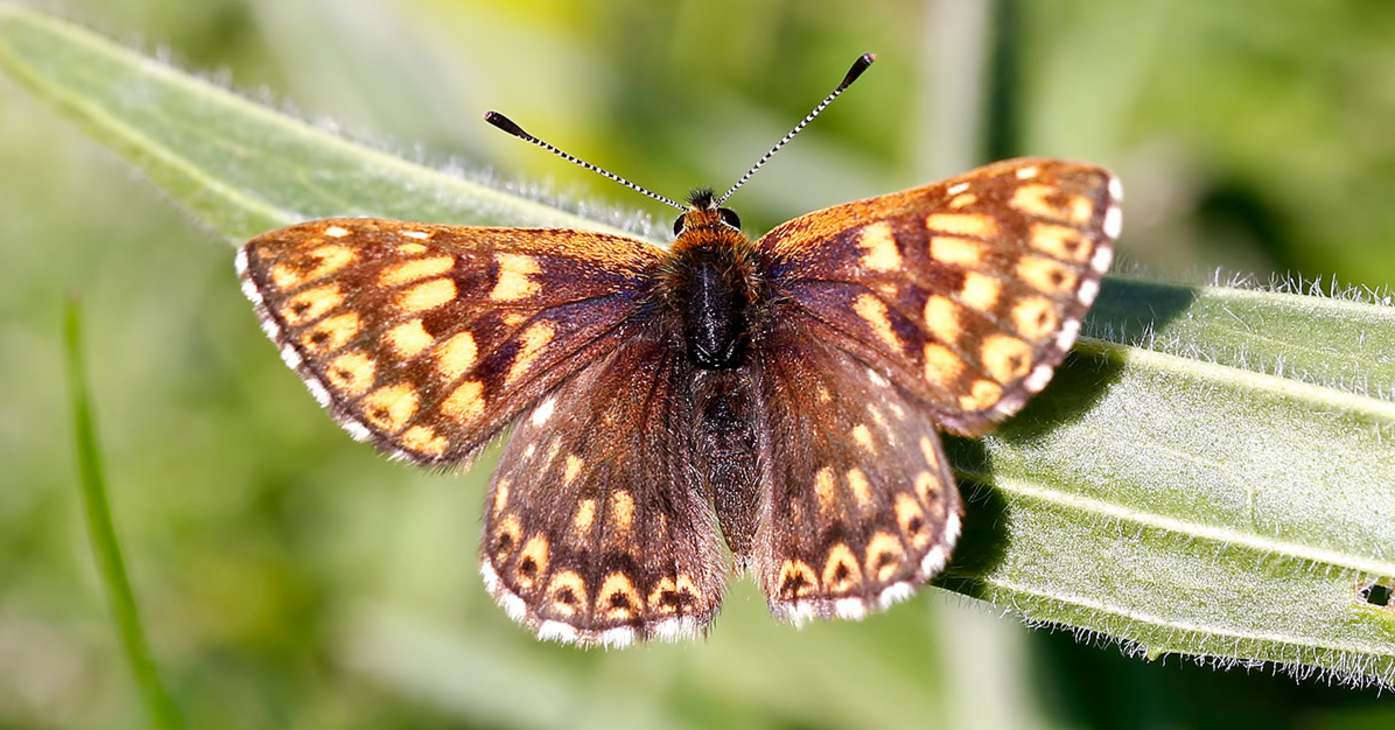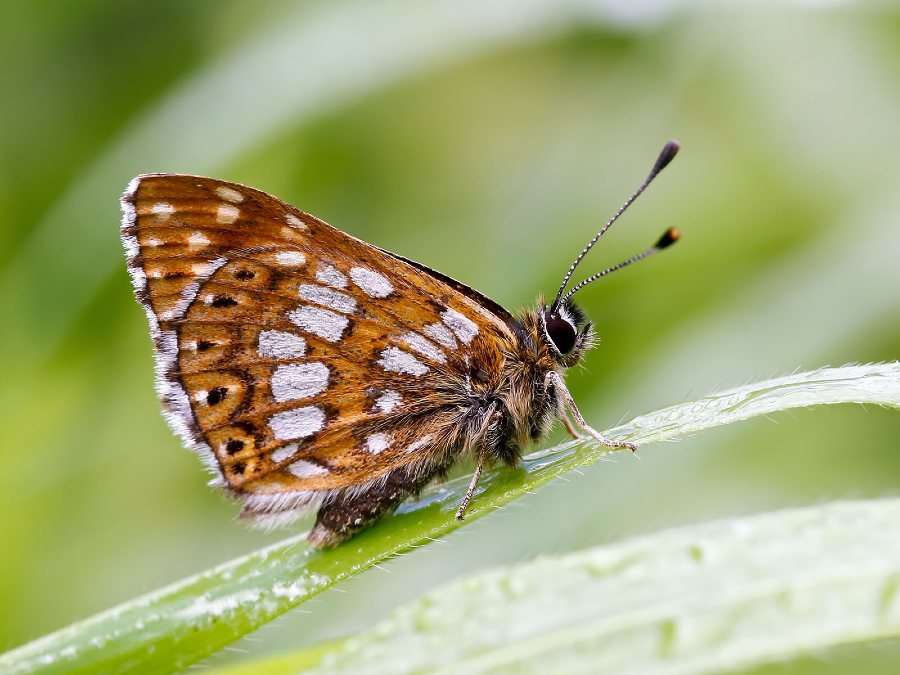Father and Daughter Put Cicadas Into Cute Poses for Fun Photos in Virginia
Father and daughter Scott and Ellie Kanowitz have been arranging cicadas into fun photos at home in Virginia.

The United Kingdom loves its butterflies: Its Butterfly Conservation is the world's largest insect-focused conservation organization, and it's just helped yet another species recover from dangerously low numbers.
Ten years ago the Duke of Burgundy butterfly, named after an aristocrat from a faraway land, was found only in the southern Lake District and the North York Moors. At that point it was Britain's rarest butterfly.
In the two decades prior, its numbers had fallen 46%. Now its population, of which the newly emerged adults will be preparing to take flight on May winds, has grown 25% between 2010 and 2020.
The Dukes on the Edge conservation program by the Butterfly Conservation was launched in 2011 in response to the dismal population surveys, and included 23 hectares of habitat restoration, management advice for 147 different sites where the Dukes were present, and rallying 1,000 volunteers ranging from land owners to concerned local citizens.
The Duke's recovery was well-summarized when last spring a butterfly enthusiast and writer stumbled upon the largest single colony in the country.
The colony was found, according to the Guardian, on the hills of a Dorset organic dairy farm, whose owner has proudly supported habitat for butterflies, including the Duke, in his fields for 20 years.

The Butterfly Conservation has championed the cause of hundreds of different species in decline. They convinced the UK government to use moths and butterflies as official biodiversity indicators, and manage 190 nature reserves in the country while conducting 1,600 events yearly to promote awareness of such insects and what they need to thrive in and around human civilization.
Dark brown with orange-peel spots on the outer halves of its wings, it's no surprise the Duke of Burgundy butterfly could remain hidden in such large numbers. The males are solitary but for the mating season when they compete with other males for territory, while the females and caterpillars deliberately hide themselves under leaves in scrubland and sunny forest clearings.
FLUTTER This Positive Trend Over to Friends…
Be the first to comment